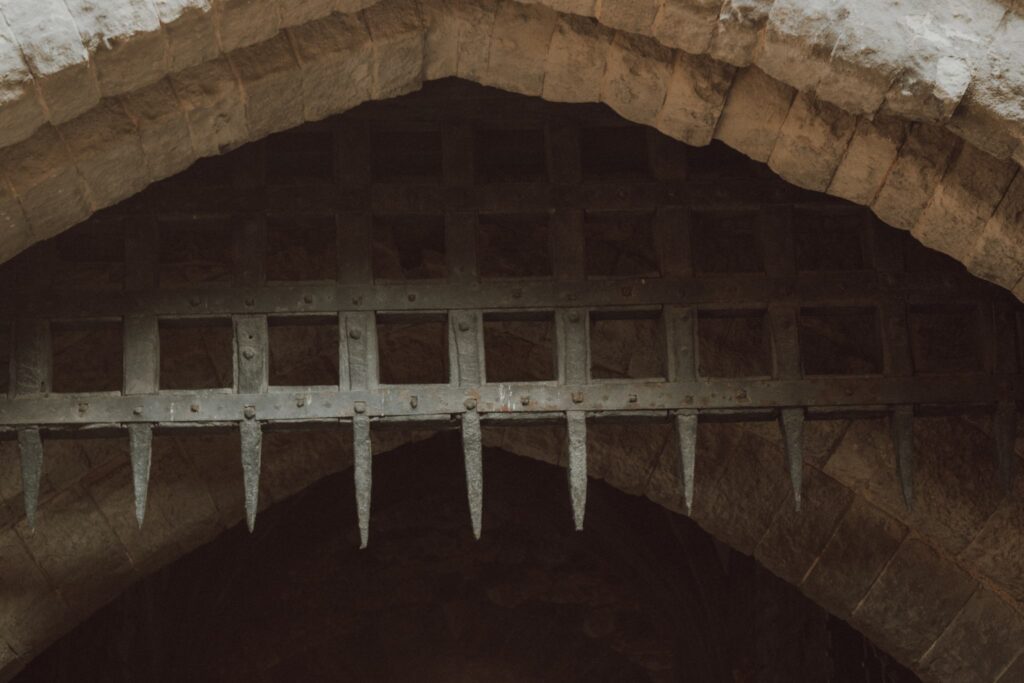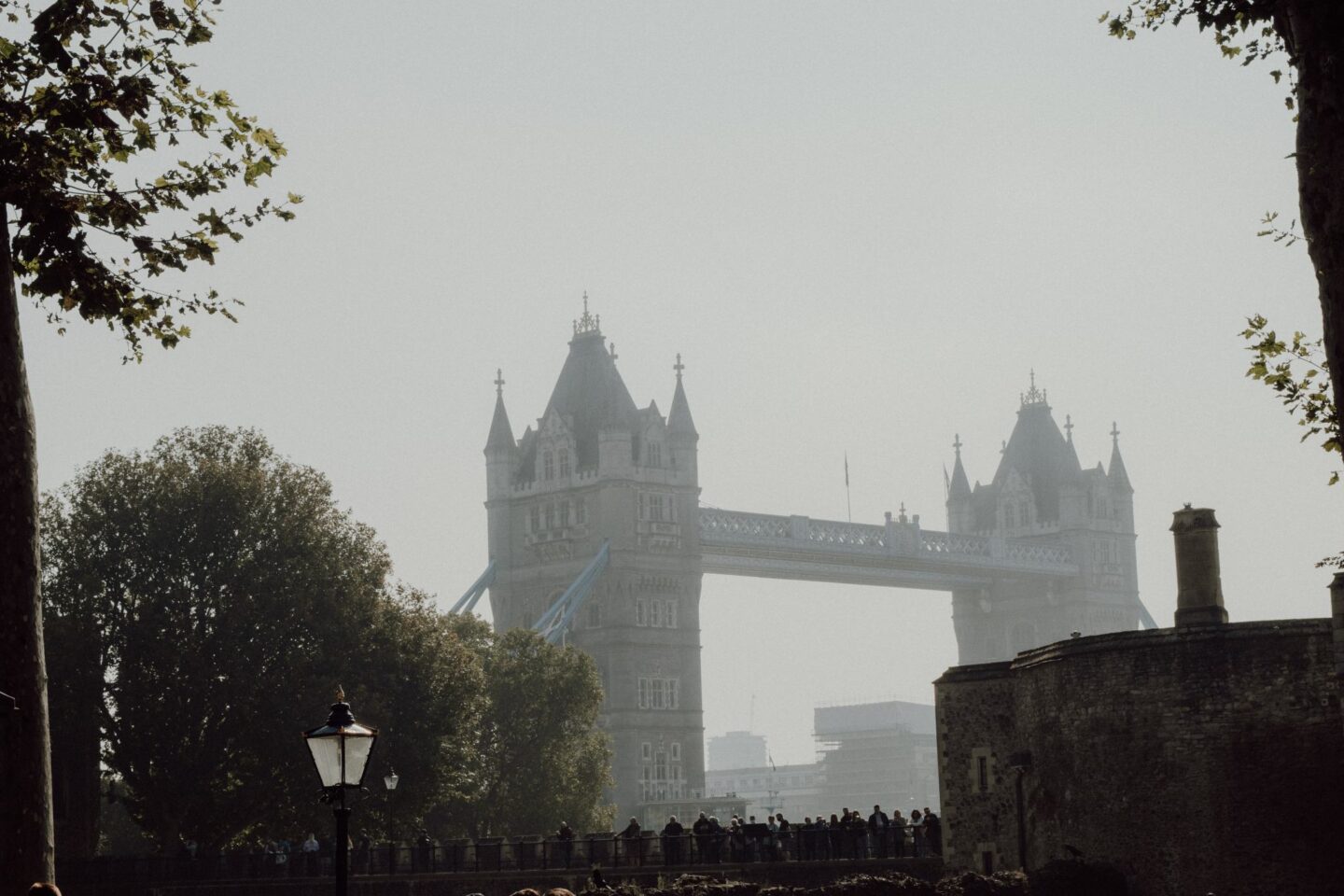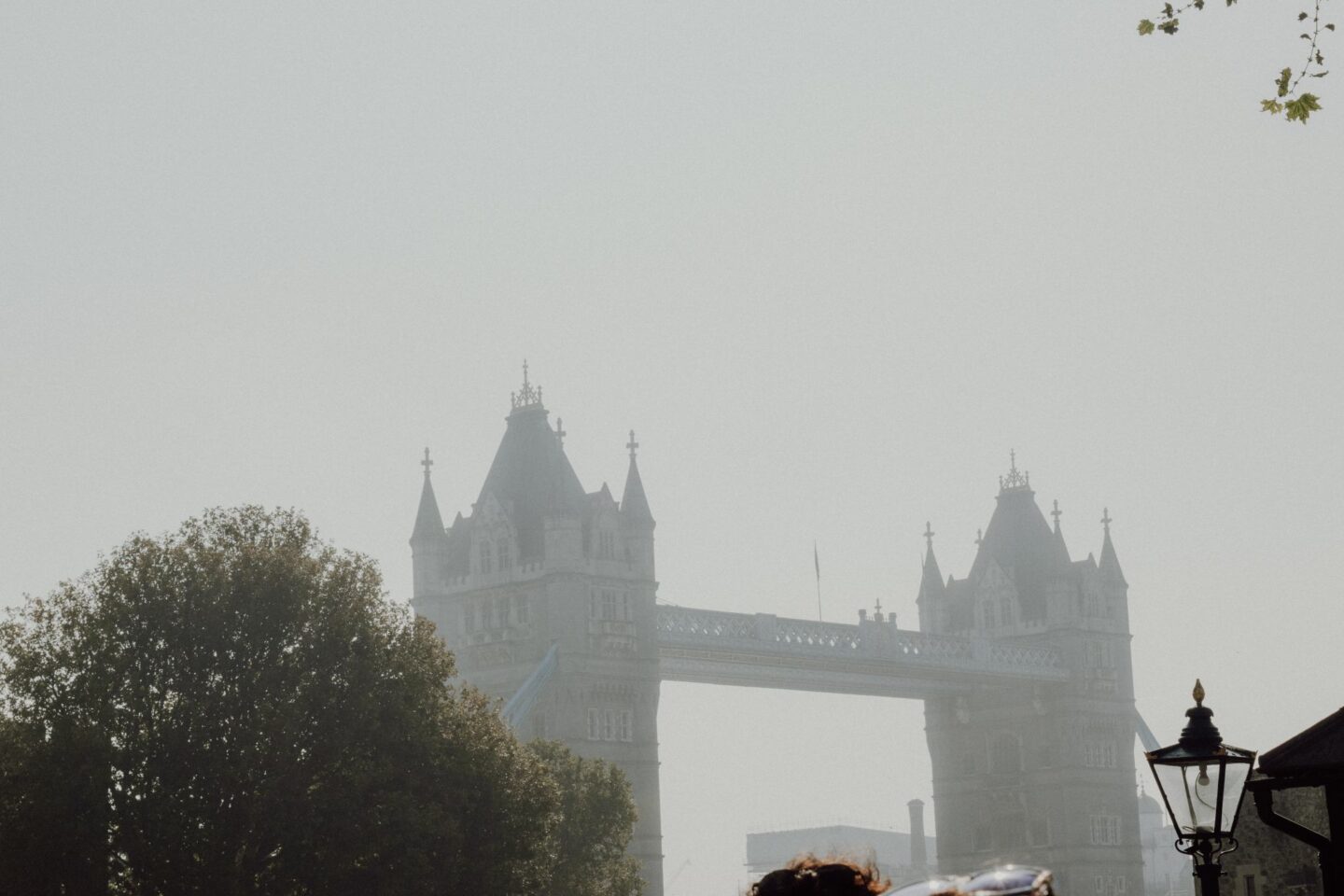Divorced, beheaded, died. Divorced, beheaded, survived.
If you’ve been to the Tower of London before, odds are you’ve heard a young child skipping around and singing that song to themselves, or maybe a Beefeater (Yeoman Warder) has shown the gathering crowds the ditty. The song itself is reflective of the six wives of King Henry the VIII, one of ~arguably~ the most popular of Tudor monarchs (and English monarchs for that matter), aside from Elizabeth I.
The Tower of London has been home to conquerors, Kings, Queens, criminals and politicians since it’s eruption on Tower Hill. It’s seen a variety of executions, impending coronations, imprisonments, detailed military displays and over three million tourists each year – but why does it continue to draw so many people in?

The Beginnings of the Tower
The Tower of London is a collection of buildings and towers within a walled area. It’s not one singular tower alone. The beginning of the construction of the fortress that we know today began in the 1070s. Because of his recent conquest, William the Conqueror needed an imposing fortress to create a sense of indestructible power. Similar to later years, when Church and State ruled the land – the earliest Tower of London reigned over the London skyline – keeping it fresh in the minds of Londoners and potential intruders alike.
It may have taken 20 years to build, but it certainly served its purpose. Not just for William, for all English royalty to follow.
After the Conqueror’s reign, Henry III and Edward I continued to expand and adapt the tower well into 1307 as their need for control and royal authority grew. This expansion saw the building of the curtain walls and several smaller towers that visitors are able to experience firsthand today. The towers served as a defense mechanism, as did the expanded moat, when most of the attackers of the day came by way of the Thames.

What’s inside? Other than ghosts of England’s past?
Royalty used to use the Tower of London for protection – not just of themselves, but of their possessions too. The tower used to be home to the Royal Mint until the 1800s, but it still to this day guards the Crown Jewels. The garrison of soldiers permanently stationed inside are known as the ‘Yeoman Warders’, formerly called the ‘Yeoman of the Guard’ that travelled with the royals until Henry VIII decreed that a smaller number would become the guards of the tower itself.
Inside, similarly to how it used to house the Royal Mint, the tower was home to the Royal Menagerie – otherwise known as the zoo – and now the armoury. People from all over the world come every day to see the suits of armour that are now housed in The White Tower; which was where, when this was an active royal residence, the King and Queen of the time actually lived.
One of the most well known ghosts of the Tower is Anne Boleyn. Wife number two of Henry VII, she was famously accused of witchcraft and adultery, then executed on Tower Green by a French swordsman. It’s said that she still haunts the halls of the palace next to the White Tower – long since gone – that she was housed in prior to her coronation. The same suite of rooms were her prison before she died. Her story is not too dissimilar to that of Lady Jane Grey (the nine day queen) and the two princes in the tower. They all entered the tower and never left. Some of their stories uncertain, some concluded in violence.


What do you think? With all of the ghosts, demons and twisted history of years past – would you still visit The Tower of London?





